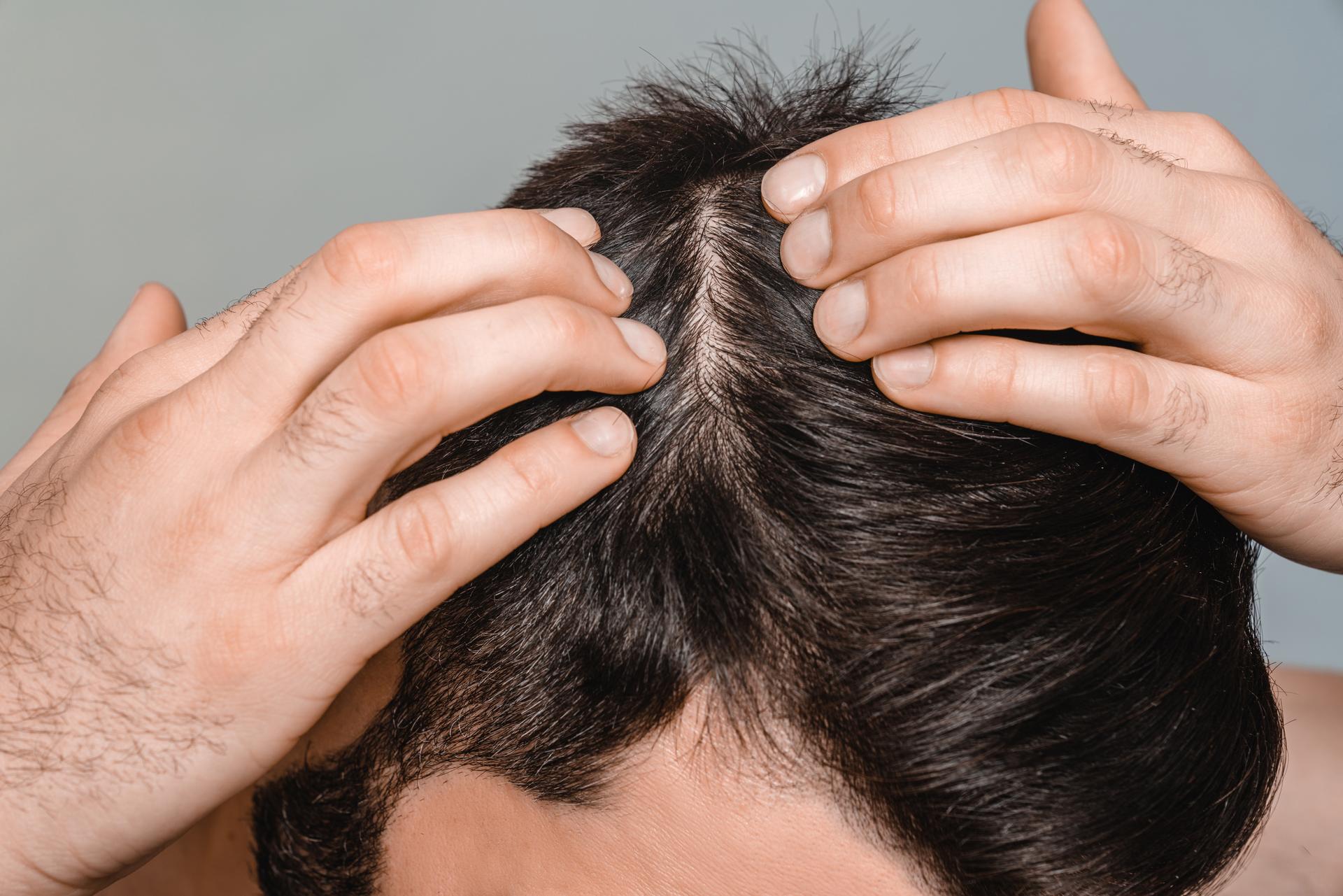To determine the relationship between 25(OH) vitamin D levels and non-melanoma skin cancer (NMSC), we performed a nested case–control study in ambulatory, elderly men enrolled in the Osteoporotic Fractures in Men (MrOS) Study. Health habit and medical history, including self-reported history of NMSC were recorded and 25(OH)D levels were measured on serum collected at baseline from a random sample of Caucasian MrOS subjects. Mean age (73 ± 5), BMI, daily vitamin D and calcium intake were similar in the men with (n = 178) and without NMSC (n = 930), but higher levels of 25(OH)D were associated with a decreased risk of having a history of NMSC (P trend = 0.04). Men in the highest quintile of 25(OH)D (>30 ng/mL) had 47% lower odds of NMSC (95% CI: 0.30–0.93, p = 0.026) compared to those in the lowest quintile. Our results suggest that a diagnosis of NMSC is not a surrogate for adequate 25(OH)D levels or increased UV exposure, and high 25(OH)D levels may be associated with a reduced risk of NMSC.

How Stem Cell Therapy Rejuvenates Hair Follicles and Promotes Growth
Hair thinning and hair loss often happen when follicles are no longer functioning at their best. Some follicles may slow

